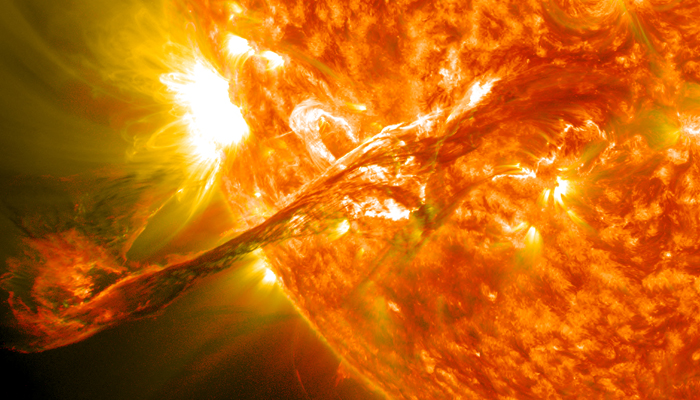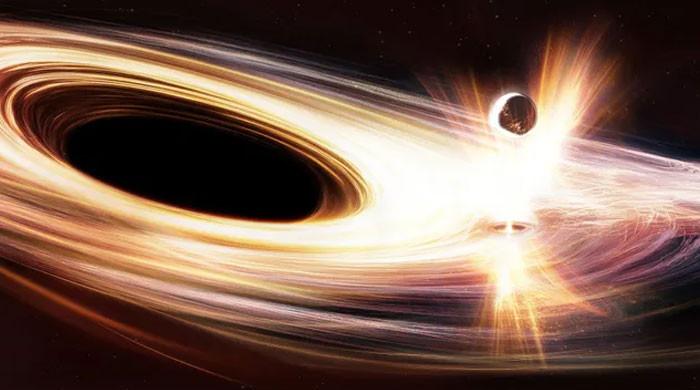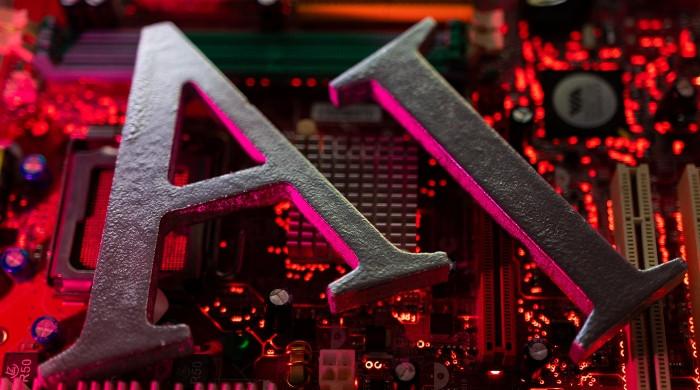Nasa braces for intense sun storms on Mars as solar maximum draws near
US space agency plans to learn how Mars turned into desert
May 02, 2024

As the much-anticipated solar maximum is to shower its radiation onto the celestial bodies of the solar system, Nasa is preparing to focus on Mars, Space.com reported.
The solar radiation will also hit Mars and it will be observed by the two spacecraft — MAVEN (Mars Atmosphere and Volatile EvolutioN) orbiter and Curiosity rover — that would contribute to the understanding of astronauts and will guide future missions to the Red Planet.
In the solar maximum, the sun’s activity reaches its peak with a transformation in its magnetic field, causing solar flares to erupt and emit strong radiations, that could cause radio and communications blackout on Earth.
The solar maximum happens every 11 years.
Northern lights or aurora borealis are also caused by the charged particles coming from the sun during solar activity.
As Earth is saved by its magnetic field, Mars has no such thing to protect it, making the potential mission vulnerable to solar activity.
Shannon Curry, principal investigator for MAVEN, said in the statement: "For humans and assets on the Martian surface, we don't have a solid handle on what the effect is from radiation during solar activity."
"I'd actually love to see the 'big one' at Mars this year — a large event that we can study to understand solar radiation better before astronauts go to Mars."
The spacecrafts are to study how the particles reach and interact with Mars’ atmosphere to shield the mission from any damage.
Currently, there is a season starting on Mars as the planet is at its closest distance to the sun.
If dust season on Mars starts with solar flares hitting the planet, scientists would then grasp how the Red Planet became the desert.











